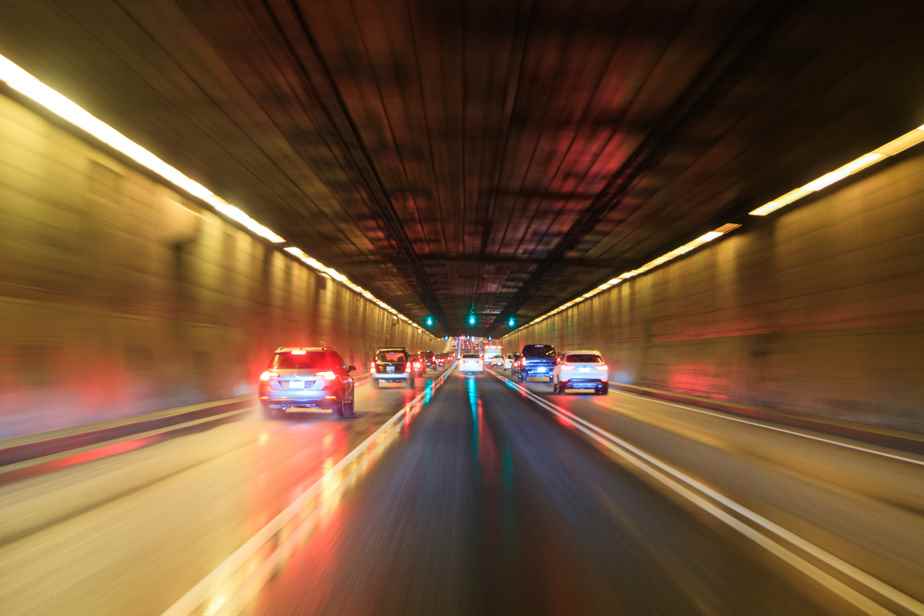Do you have questions about our editorials? Questions about hot topics in the news? Each week, the editorial team responds to readers of The Press.
Posted October 30
Why did the government decide, in the early 1960s, to build the Louis-Hippolyte-La Fontaine tunnel instead of a bridge? I’m not an engineer, but it seems to me that a bridge is easier to build and maintain, and also probably less expensive.
Claude Arseneau
We talk a lot about the Louis-Hippolyte-La Fontaine tunnel these days. With good reason: on Monday, three of the six lanes of the tunnel will be closed for three years to carry out work there. A sharp increase in traffic congestion is expected in this sector.
You ask why we built a tunnel instead of a bridge? At the time, in the 1960s, a tunnel cost less, required less expropriation and could be built with Quebec concrete.
The decision to build the Louis-Hippolyte-La Fontaine bridge-tunnel (a 2 km tunnel from Montreal to Charron Island, then a 500 m bridge between Charron Island and Boucherville) was taken by Quebec and Ottawa in 1962. The main objective was to pass the new Trans-Canada highway through the island of Montreal to reach the South Shore (and then the Atlantic provinces).
If we chose a tunnel, it is because the federal government required that a bridge be at least 50 meters high (compared to the level of the St. Lawrence River) in order to allow boats to pass through the Port of Montreal between Montreal and Charron Island. There was no maritime transport in the second part between Île Charron and Boucherville, which explains why we were able to build a relatively low bridge on this part.
Normally, a bridge costs less than a tunnel. But a bridge at least 50m high was 5% to 10% more expensive than a tunnel according to calculations at the time, explains historian William Gaudry, who did his doctoral thesis on the bridge. Louis-Hippolyte-La Fontaine tunnel.
“Tunnels are more difficult infrastructures to maintain than bridges, mainly because the work is done underground, with all the constraints that entails,” says Bruno Massicotte, professor of civil engineering at Polytechnique Montréal. This is why, when possible, it is preferable to opt for a bridge. »
The Lesage government also had a nationalist argument: Quebec concrete would be used to build a tunnel, rather than American steel for a bridge. “Quebec was a major producer of concrete, and it was only natural for the Lesage government to go to Quebec concrete producers,” said William Gaudry.
Another considerable advantage of a tunnel: we would have to carry out much less expropriation. “Given the height [50 m] from a bridge, it would have been necessary to begin the gradual ascent towards the bridge more than a kilometer on each bank. In Montreal, it would have started gradually from the Galeries d’Anjou,” says William Gaudry.
The construction of the tunnel still forced the expropriation of 300 families from the Longue-Pointe district, in Montreal.
Inaugurated in 1967, the Louis-Hippolyte-La Fontaine bridge-tunnel cost 65 million (about 540 million in 2022 dollars) to build. The federal government paid around 75% of the bill, the provincial government 25%.
120,000
Number of vehicles that use the Louis-Hippolyte-La Fontaine tunnel each day
Source: Quebec Ministry of Transport

